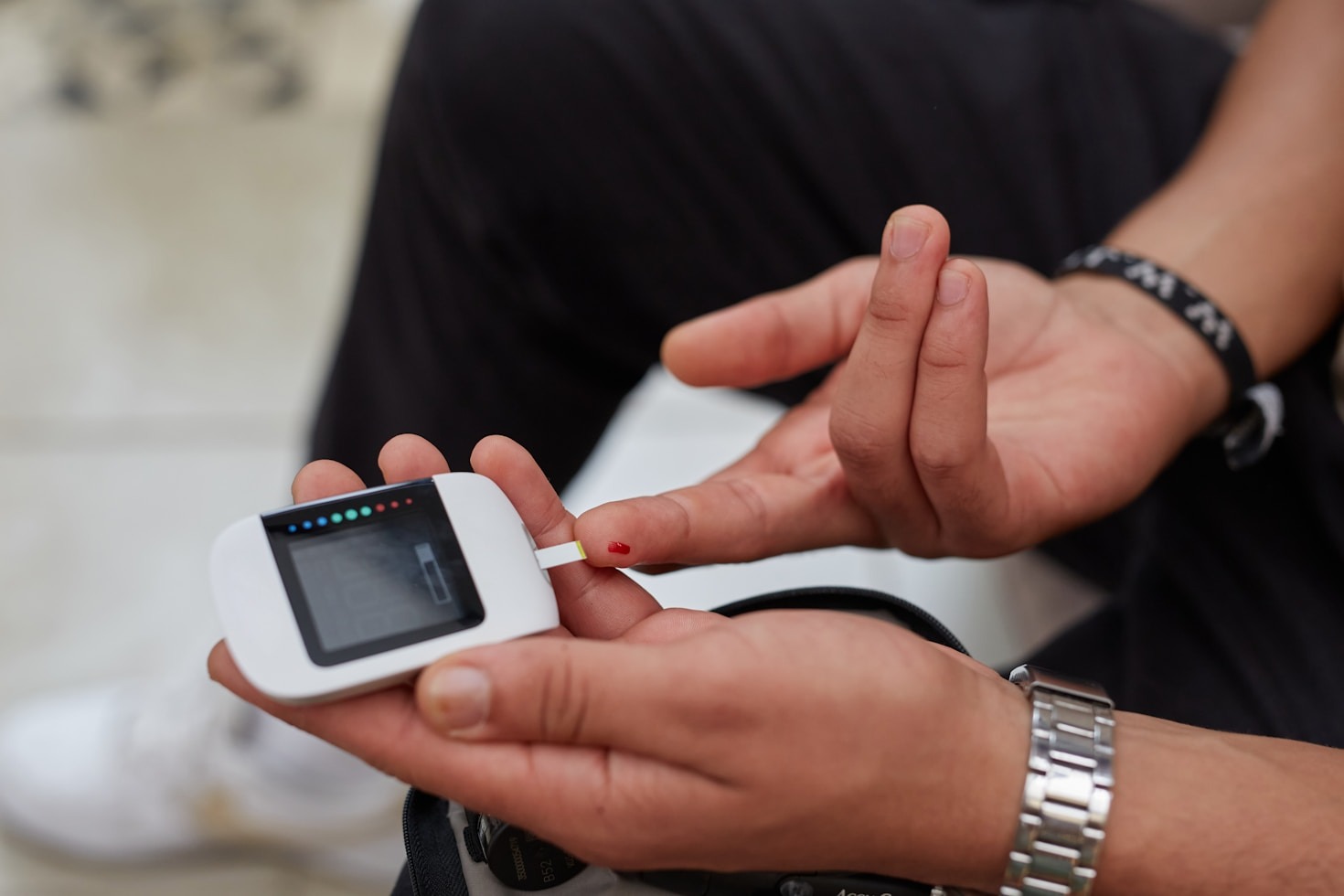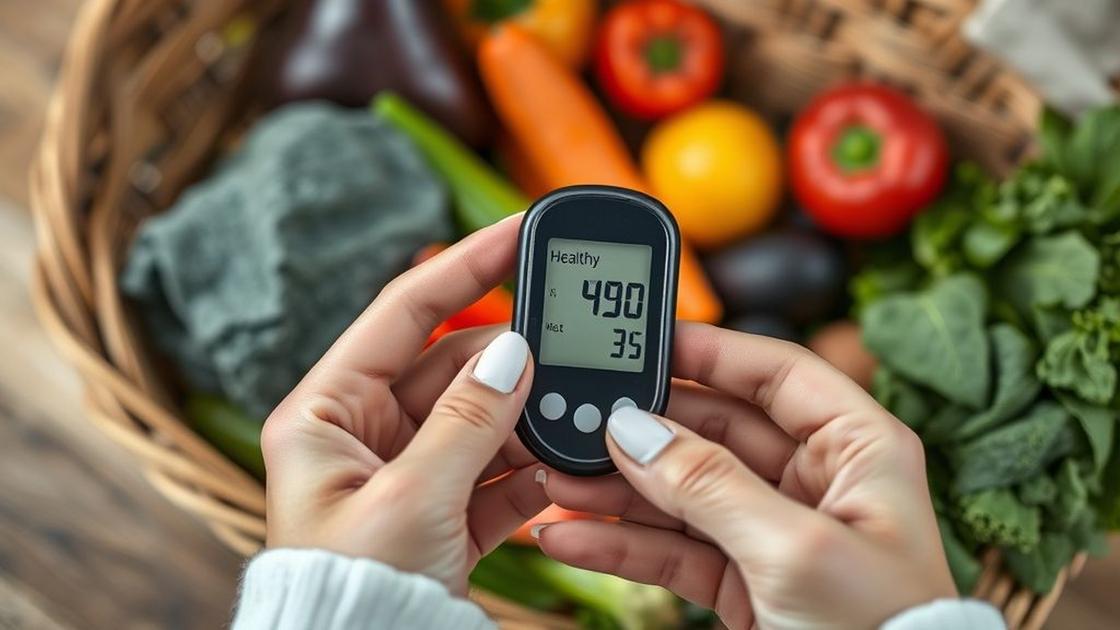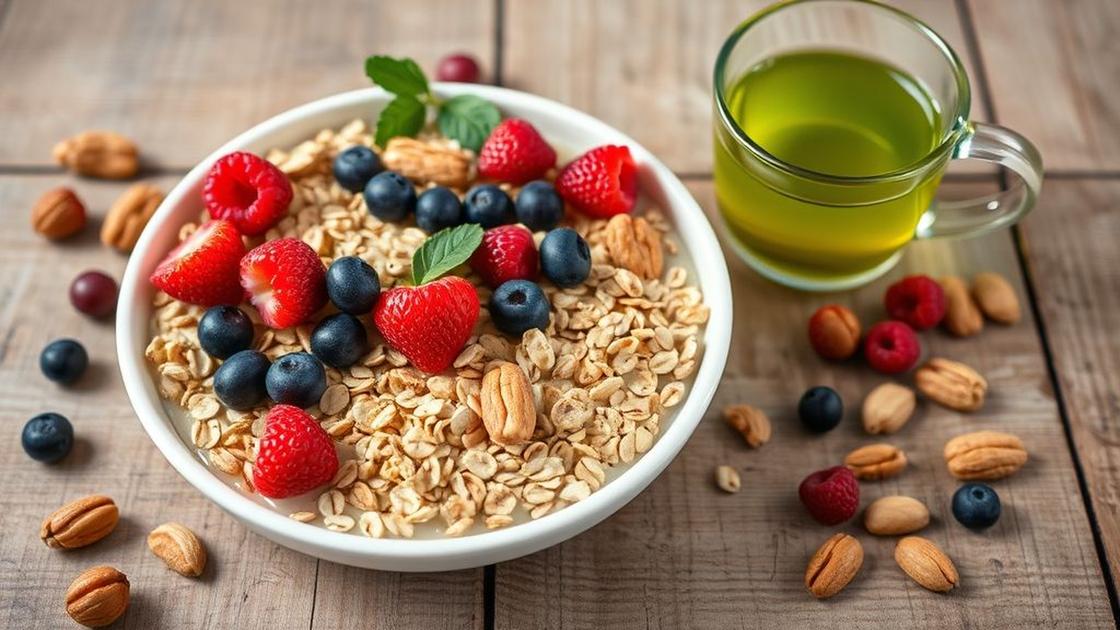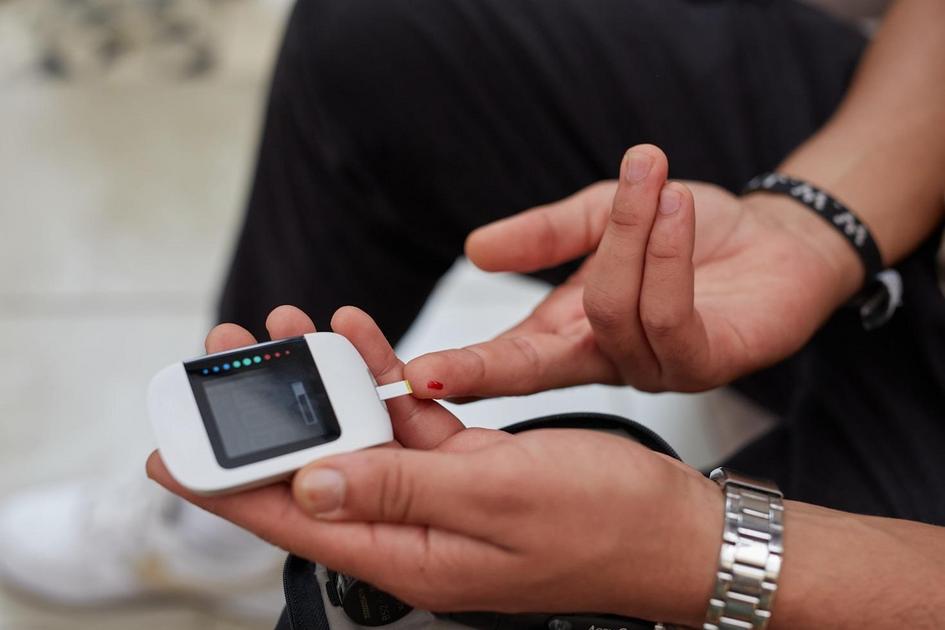Many women over 30 face challenges like fatigue and hormonal imbalance, often tied to fluctuating sugar levels. Have you felt that mid-afternoon slump or those cravings that seem to come out of nowhere? You’re not alone. In this article, we’ll explore proven natural strategies for balancing sugar levels daily, helping you regain control over your health and energy.
Understanding Blood Sugar and Its Impact
Blood sugar, or glucose, is our body’s primary energy source. When we eat, our body breaks down carbohydrates into glucose, which then enters the bloodstream. Balancing these levels is crucial, as consistent highs and lows can lead to feelings of fatigue, irritability, and even anxiety.
For women over 30, hormonal changes can complicate this balance. The fluctuating estrogen and progesterone levels can create a rollercoaster effect on blood sugar. This means understanding how to maintain stable sugar levels becomes vital for overall health and vitality.
When blood sugar levels spike, the body releases insulin to help regulate it. However, if this process is disrupted, it can lead to various health issues, such as weight gain, fatigue, and mood swings. Awareness of these dynamics helps us take proactive steps toward better health.
Signs Your Sugar Levels Are Imbalanced
Recognizing the signs of imbalanced sugar levels can help you address potential issues early. Here are some common symptoms:
- Fatigue: Excessive tiredness, even after a good night’s sleep, may indicate fluctuating sugar levels.
- Cravings: Uncontrollable cravings for sweets or carbs might signal your body is looking for quick energy boosts.
- Mood Swings: Sudden changes in mood or irritability can occur when blood sugar levels drop.
- Difficulty Concentrating: A clear mind can be hard to maintain if your sugar levels are unstable.
- Increased Thirst or Hunger: If you often feel thirsty or hungry, it could be a sign of imbalanced sugar levels.
Acknowledging these signs is the first step. You’re not alone; many women face this struggle, often without understanding the root cause.
Nutritional Choices to Stabilize Sugar Levels
Food plays a significant role in stabilizing blood sugar. Incorporating specific foods into your diet can help:
- Fiber-Rich Foods: Whole grains, legumes, and vegetables slow down glucose absorption, helping to maintain stable levels.
- Healthy Fats: Avocados, nuts, and seeds provide satiety and help in blood sugar regulation.
- Lean Proteins: Chicken, fish, and plant proteins keep you full longer and prevent spikes in sugar levels.
- Low Glycemic Index Foods: Opting for foods that have a low glycemic index can prevent rapid increases in blood sugar.
Making these small adjustments in your meals can create a significant impact over time. Choose colorful, fresh foods to nourish your body and spirit.
The Role of Hydration in Blood Sugar Control
Staying hydrated is often overlooked in sugar level management. When your body is dehydrated, it can lead to an increase in blood sugar levels. Drinking plenty of water helps maintain balance and supports overall health.
Sometimes our bodies confuse hunger with thirst. Keeping a water bottle nearby can serve as a reminder to hydrate regularly throughout the day, helping you to feel more energized.
As a bonus, herbal teas, especially those with cinnamon or ginger, can also help in regulating blood sugar levels while adding delicious flavors to your day.
Stress Management Techniques That Help
Stress can be a significant factor in blood sugar imbalance. When stressed, our bodies release cortisol, which can lead to increased blood sugar levels. Finding effective stress management techniques can make a remarkable difference:
- Meditation: Regular meditation can calm the mind and decrease stress hormones.
- Deep Breathing Exercises: Simple breathing techniques can quickly reduce stress and promote relaxation.
- Yoga: This ancient practice combines physical movement with mindfulness, an excellent way to relieve stress and promote balance.
- Journaling: Writing down your thoughts can provide clarity and calm in a busy mind.
Explore these practices and see which ones resonate with you. Making time for yourself can lead to remarkable improvements in your overall well-being.
The Importance of Regular Physical Activity
Physical activity is a powerful tool for stabilizing blood sugar levels. Regular exercise helps improve insulin sensitivity, allowing your body to use the available sugar in your bloodstream more effectively.
You don’t have to hit the gym for intense workouts. Simple activities like walking, dancing, or engaging in a fun exercise class can be just as effective.
Setting a routine that includes movement—whether it’s a morning walk or an afternoon yoga session—can help make physical activity a joyful part of your day.
Herbal Remedies for Natural Balance
Nature offers various herbal remedies known for their potential to help manage blood sugar levels:
- Cinnamon: This spice can improve insulin sensitivity and lower blood sugar levels.
- Bitter Melon: Often used in traditional medicine, it contains compounds that may mimic insulin’s effects.
- Fenugreek: Known to help control diabetes, fenugreek may improve metabolism and digestion.
- Ginseng: This herb is noted for its potential to lower blood sugar levels, especially after meals.
Integrating these herbs into your cooking or taking them as supplements can offer a natural boost to your efforts in stabilizing sugar levels.
How Sleep Affects Blood Sugar Levels
Quality sleep is foundational to maintaining balanced blood sugar levels. Poor sleep can lead to insulin resistance, making it harder for your body to process glucose effectively.
To promote better sleep:
- Establish a Routine: Going to bed and waking up at the same time each day helps regulate your body clock.
- Create a Calm Environment: Make your bedroom a peaceful sanctuary away from distractions.
- Avoid Screens Before Bed: Limiting exposure to screens can help your mind wind down.
- Light Evening Snacks: If you’re hungry before bed, opt for protein or healthy fats instead of sugary snacks.
Prioritizing sleep can dramatically improve your energy levels and overall health, creating a positive effect on your blood sugar balance.
Community Support: Finding Your Tribe
Finding a supportive community is important for maintaining healthy habits. Connecting with others facing similar challenges can be empowering.
Consider joining local or online groups focused on healthy living, wellness, or disease management. Sharing experiences and tips can foster motivation and encouragement. You don’t have to navigate this journey alone; many others are on the same path, and together, you can inspire each other.
Creating a Step-by-Step Action Plan
To effectively balance your sugar levels, creating a step-by-step action plan can help. Here’s how to get started:
- Set Clear Goals: Write down your specific health goals linked to blood sugar management.
- Monitor Your Intake: Keep a food journal to track what you eat and how it affects your energy and mood.
- Follow the Tips Above: Gradually integrate the mentioned strategies into your daily routine.
- Check Regularly: Regularly assess your symptoms and make adjustments to your plan as needed.
- Reach Out for Support: Lean on your community for encouragement and accountability.
With a structured approach and the commitment to making small but impactful changes in your life, you can create a balanced routine that nourishes both your body and spirit. Remember, it’s entirely possible to improve your symptoms and navigate these challenges with grace. Just as other women have discovered this path, you can too. Embrace this journey of self-discovery and empowerment — you’ve got this!










